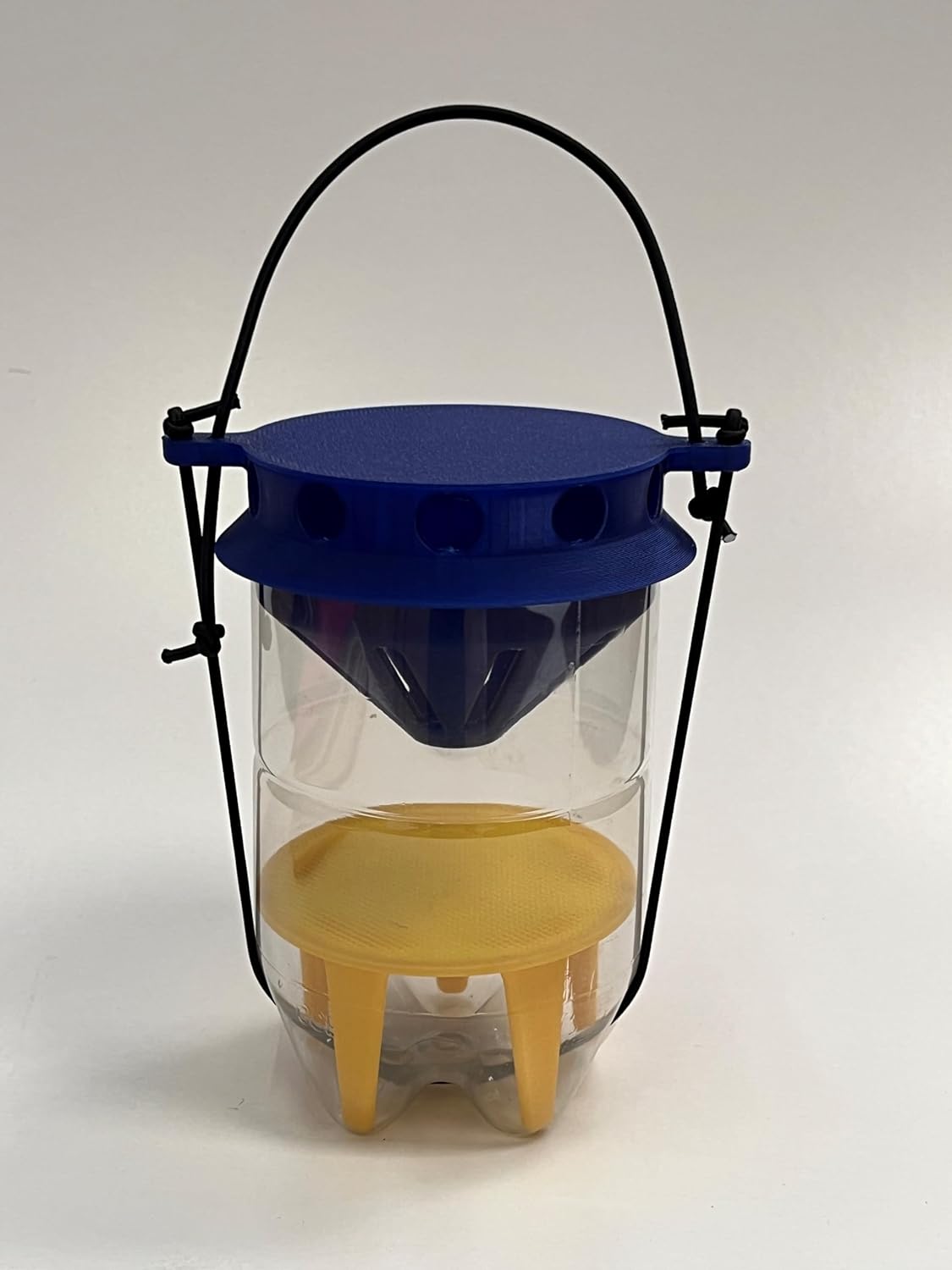This article covers everything you need to know about garden fleece: what it is, what thickness you need, how effective it is and how to use it.
What is garden fleece?
There are a range of plant covers which can be used to protect plants in your garden, from bird nets and insect netting to frost fleece. Each are designed slightly differently to suit the job they need to carry out. Netting and fleece have been use and relied upon by gardeners for years to physically protected plants from harm.
What is frost fleece made of?
Traditionally made from petroleum-derived plastics, garden netting and fleece do however have a significant environmental footprint in both their production and after-use disposal. Andermatt have been searching for a more environmentally sustainable alternative, and supply both an insect netting (InsectoNet) and garden fleece (BioFleece) made from PLA, a plant-derived material.

Frost fleeces come in a range of different forms, for a number of different jobs. The highest quality are manufactured with spinning technology, where individual threads are spun over each other to create a mesh. This mesh traps heat beneath it, but also allows some air and moisture movement through it. A low level of air and moisture movement is important because too high humidity around the plants increases the risk of diseases harming the plants.
How thick should frost fleece be (gsm)?
Frost protection fleeces (also called garden fleece or horticultural fleece) also come in different weights, often described in terms of grams per square meter (gsm). This is the amount of material which is used to make a square meter of the fleece, the higher the gsm the heavier the fleece. The heavier the fleece, the thicker the material is.

Different thicknesses of frost fleece give protection against differing levels of ground frost. For use in gardens there are commonly two weights of frost fleece used; lighter 17 gsm, and heavy duty 30 gsm. The lighter frost fleece of 17 gsm will typically protect plants from light frosts down to around –1 or –2 °C. The heavier, thicker frost fleece of 30 gsm will typically protect plants underneath it from air temperatures of –5 to –6 °C.
What is frost fleece good for?
Using frost fleece in your garden provides to protect plants from low temperatures has several advantages:
- Tender plants, or plants know to be susceptible to frost can be planted out earlier.
- Surrounding plants with warmer temperatures in early spring can advance maturity and flowering by about two weeks.
- Protecting against falling autumn temperatures can extend the growing period of late season crops.
- Autumn sown crops can be protected over winter. Sowing in autumn and then protecting through winter will provide earlier crops than spring sown plants.
- Frost fleece will also offer protection against wind which can also slow and reduce plant growth.
Garden frost fleece is ideal for late autumn, winter and early spring protection of plants, seedlings and cuttings.
Horticultural fleeces can be used to protect a range of garden plants. From hardening off bedding plants, overnight protection for frost susceptible plants, overwintering or earlier planting of vegetables to creating a warmer environment to allow plants to get going sooner, there are many different benefits of frost fleece.

With increasingly changeable and unpredictable weather, BioFleece frost fleece can be used throughout the year to protect plants and support healthy growth:
Winter:
- Protect plants grown in beds outside from overnight frosts.
- Wrap around larger shrubs to insulate against cold damage.
- Add to the inside of structures such as greenhouses and cold frames for extra insulation.
Spring:
- Protect young plants from unexpected cold nights.
- Encourage early growth from vegetables grown through the winter.
- Support plants growing two weeks earlier than if no frost fleece is used.
Summer:
- Whilst BioFleece frost fleece can be used in summer to protect plants from insect damage, it would be better to use a insect netting such as our biodegradable plastic-free InsectoNet
Autumn:
- Extend the growing period of late season fruit and vegetables.
- Protect late sown crops, allowing them to start growing into winter for earlier harvesting the following year.
- Prevent soil freezing so making it easier to collect winter harvesting crops.
Best practice tip: If possible, ensure a gap is between the BioFleece material and the plant, so that they are not touching. This will both prevent frost formed on the outside of the BioFleece touching the plant and also not trap moisture on the plant leaf surface which can be a disease risk.
How effective is garden fleece?
Garden fleece can be very effective if you purchase a high-quality one.
BioFleece is manufactured to the highest quality. Its spun technology gives optimal heat retention whilst still allowing some air movement through it. This air movement prevents the rise of temperatures beneath it rising too high too quickly during periods of sunshine, and also allows moisture to evaporate so preventing high humidity around the plants beneath the fleece which would encourage diseases such as Botrytis to develop.
How sustainable is garden fleece?
BioFleece offers a more sustainable frost fleece compared to plastic alternatives. Sourced from plant material, it does not use petroleum as its starting ingredient as polypropylene and polythene frost fleeces do. Because frost fleeces are exposed to harsh winter weather they often do not have a long use period before they are damaged too much to effectively retain heat and protect plants underneath from frost. Polypropylene and polythene frost fleeces cannot be easily re-used or recycled. Once it has come to the end of its use life however, BioFleece is biodegradable.
BioFleece will have a similar use period to plastic fleece, only it is more sustainable to make, and better for the environment after use.



